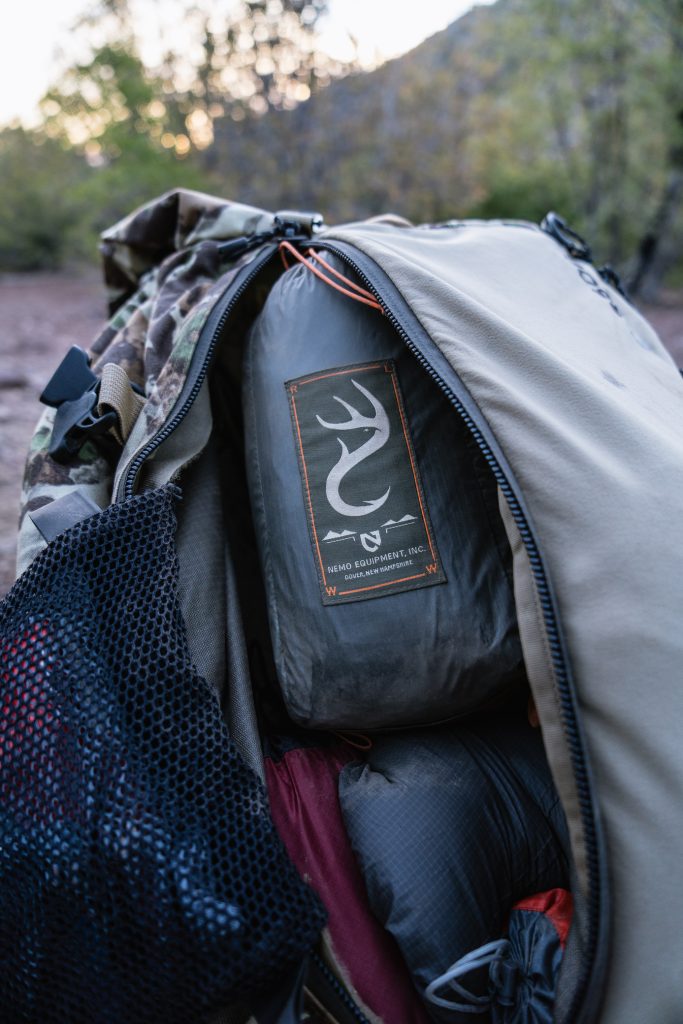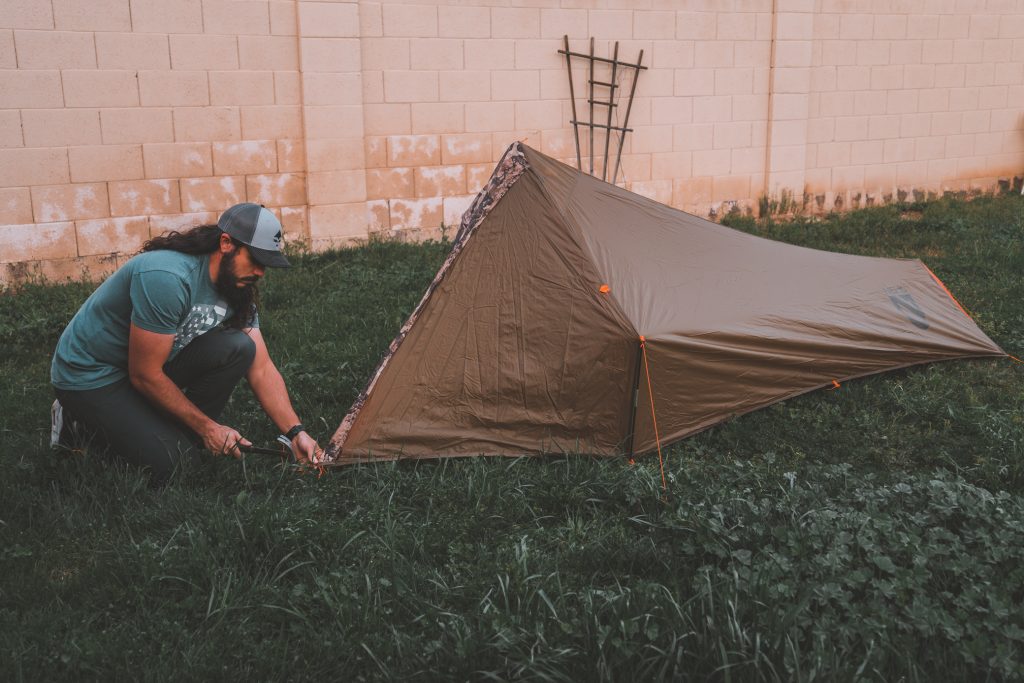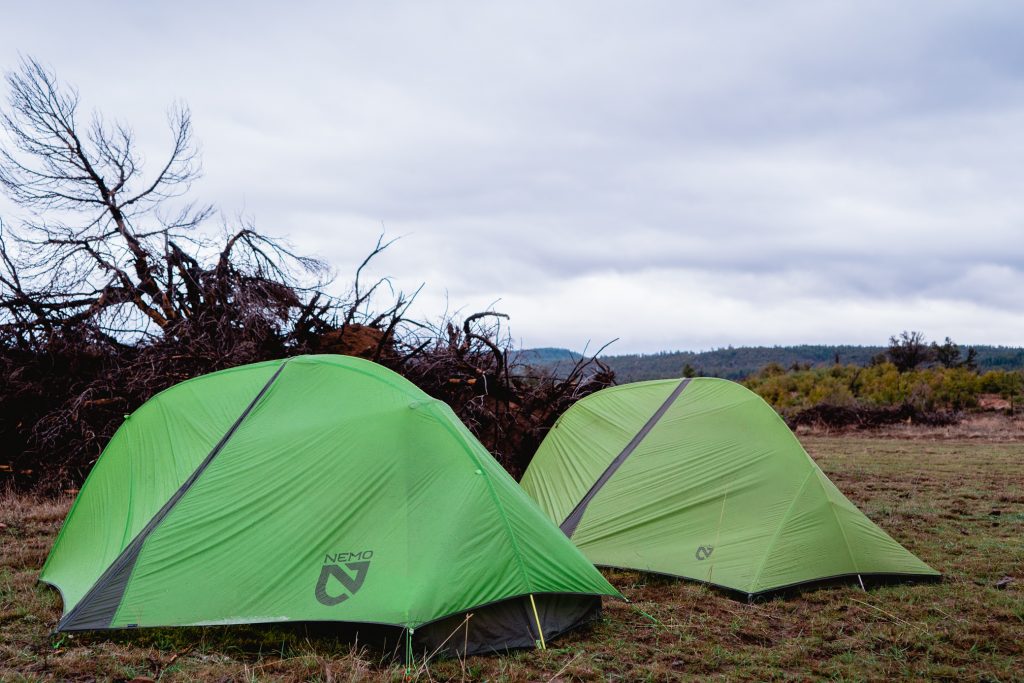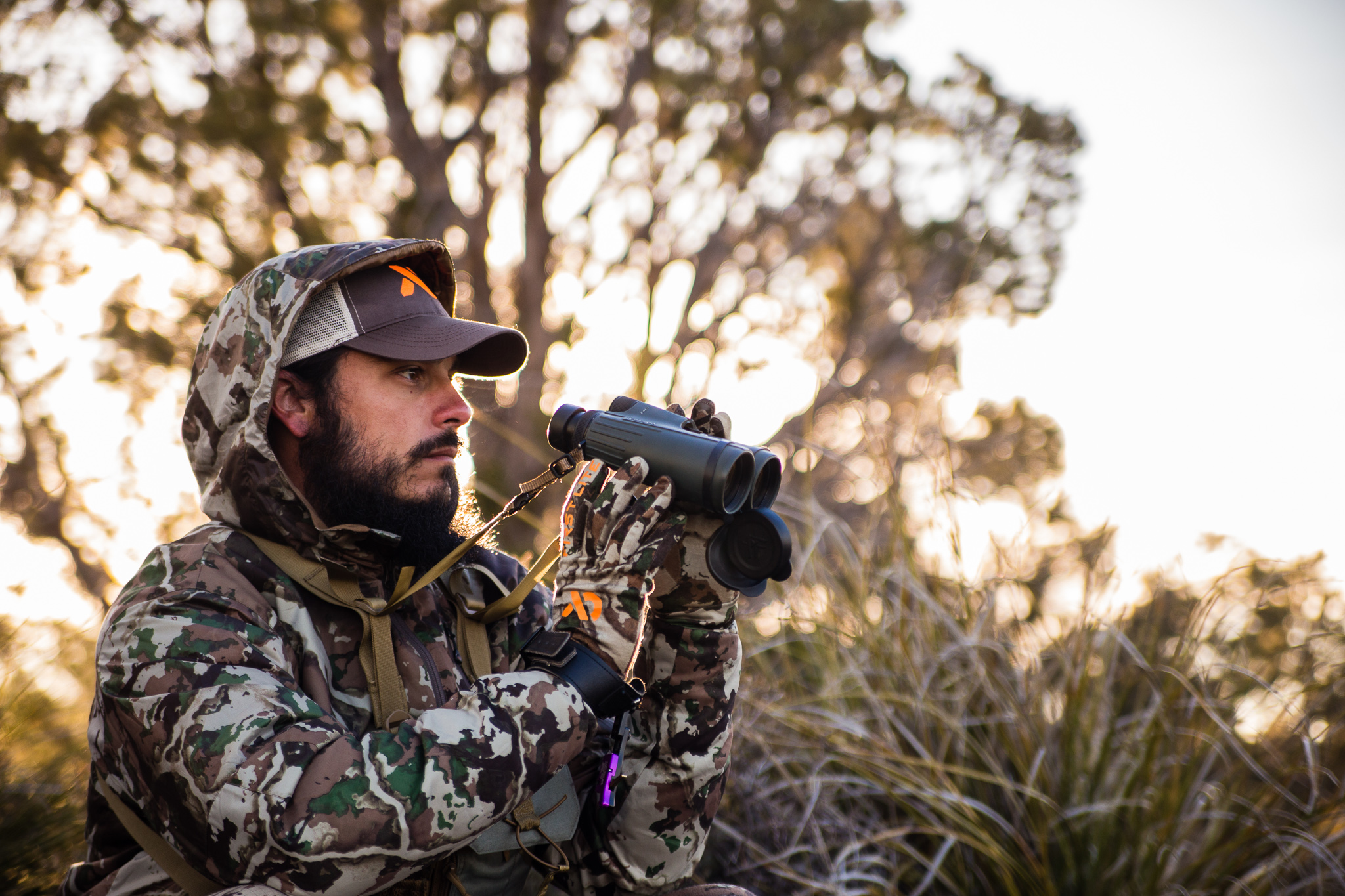
Backcountry shelters always bring up great conversation. Everyone has their own do’s and don’ts surrounding the topic. These are really a reflection of that hunter’s personal style, where they hunt, and what they’re willing to deal with. Some are minimalists and some want more comfort and livability. No matter where you might fall in the equation, backcountry shelters is what we’re going to be chatting about today!
With so many different kinds of shelters on the market and brands to choose from, picking the right shelter for your adventures can be somewhat overwhelming. There is only so much advice one can take before really having to form their own opinion on the matter. Here are 5 tips that will help you choose a backcountry shelter.

Shelters are one of the main gear items you’ll purchase for backpack hunting. They have a wide range of weight, size, and price. This is great, because it doesn’t really put anyone out of play for getting into this stuff. Because it is one of the main gear items, it can also be one of the heaviest. I personally used to carry a 7 pound shelter. That thing was bombproof with plenty of space inside, but man it was heavy. Going with as light of a shelter as you can afford is a fantastic way to shed weight in your backcountry system. Not only that, it will open up more space within your pack. This means that you’ll have more room for food, meaning that more days can be spent in the field. CHA CHING!

Snagging a shelter that sets up quick is something you should strive for. Backcountry hunting is friggin hard and requires a lot of energy. After making a big push into country, most folks(us mere mortals) are pretty beat. Sitting there and fumbling with a difficult shelter is the last thing I want to be doing. Not to mention, if there is weather. If there is, and you’re have difficulties getting your shelter set up, this could mean a rather wet experience on the inside of the tent. Not cool. Having something that pitches quick is also really valuable if one is planning to hunt with camp on their back, instead of setting up a backcountry base camp. Camp can be set in no time, leaving more time for dinner and a quicker time getting to sleep.
This might be a given to some of you, but I think a common mistake within the backpack hunting community is that we tend to only focus on hunting specific brands and hunting specific websites. I’d really encourage you to check out just regular backpacking companies and online resources. These folks are doing the same darn thing we are, just not carrying a weapon and looking for critters. Let’s face it. We are backpacking with a weapon. So, why wouldn’t it make sense to pay attention to backpacking companies for both advice and gear items? It makes complete sense and is a great resource. Some places to check out are backcountry.com and backpacker.com

Something that I personally never really considered until later in my backpack hunting journey was side entry shelters vs. front entry shelters. It never even crossed my mind. That is until I purchased a front entry shelter and realized how much more convenient side entry shelters were for me. Don’t get me wrong. I have a few front entry shelters, but I’d be lying if I said side entry wasn’t my favorite. The thing that is slightly annoying about front entry is getting in and out. Once a person is inside, it’s totally fine. In order to get in though, you’ve gotta either do this crab crawl technique, or what my buddy Emory from Byland calls “the dive.” Front entry can also be a pain in weather, because it’s just plain not as easy to get in the shelter. It may not be a big deal for some of you, but I definitely wouldn’t ignore this aspect of the topic at hand.
Lastly, spend the money. Quality ultralight backpacking gear can be expensive and it’s quite easy to spend more than you’re comfortable with. I never ever thought that I’d drop these hefty prices on these backcountry shelters when first starting out. That was until I understood why someone would ever do such a thing. The more lightweight the gear, the steeper the price. You’re often paying for convenience here. Let me tell you, a 2 pound tent is much nicer to carry than a 7 pound tent. The more miles one hikes with a heavy shelter, the more justifiable biting the bullet becomes. And then there is the Q word I mentioned earlier, being “quality.” Quality gear in the backcountry is an insurance policy that you don’t want to miss out on. Trust is a must and gear lands right in that wheelhouse. So, again, while many might not want to hear it, spend the money.

As I’m writing this, it’s mid July and Fall hunting seasons are RIGHT around the corner. This is the time to get all of our gear organized and ready for action. If buying a shelter for the backcountry is something that you’re taking on as we speak, I hope this piece can speed up the process for you. Once you do get that backcountry shelter home, take the time to really learn how to set it up. Do it a few times so that when it’s go time, there isn’t any “where are the directions?” instances. If you’ve got any questions on backcountry shelters drop them down below. And if you’d like to learn more about backpack hunting as a whole, check out my book Becoming a Backpack Hunter. It is a from front to back look at backpack hunting and will set you down a path to get one started doing this stuff. Aside from that, I hope you all drew some awesome tags this year and look forward to hearing about your adventures! The time is approaching! Good luck everyone!
As an Amazon Associate, I earn from qualifying purchases…


Copyright 2019 Dialed In Hunter
Design by NXNW.